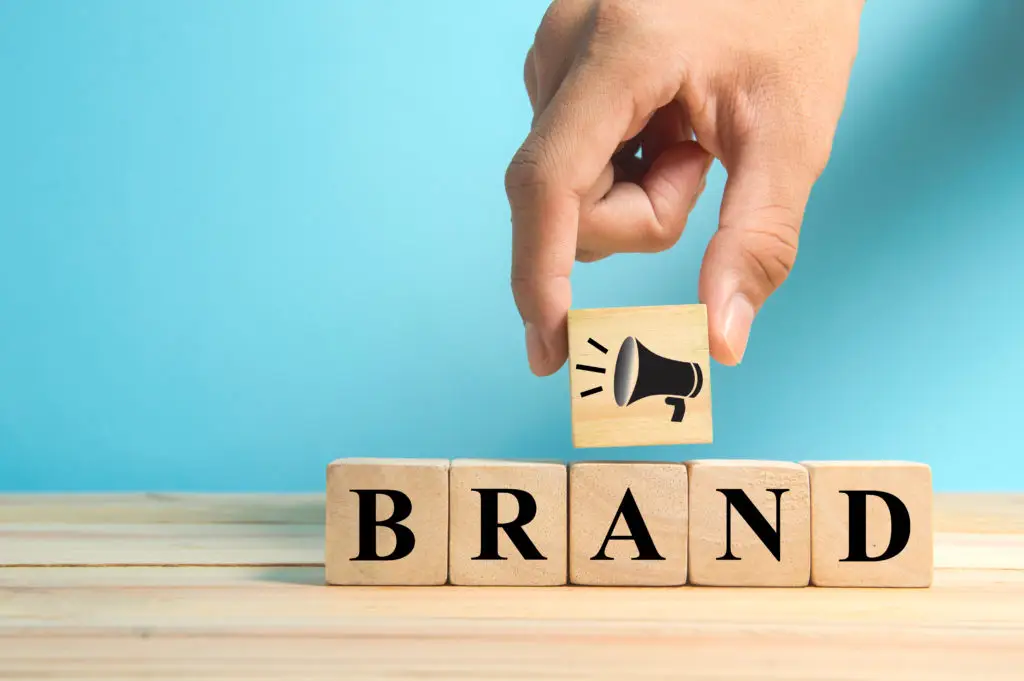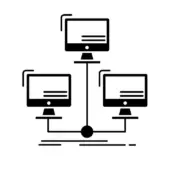Exceptional customer service is a powerful differentiator in today’s competitive landscape. Recent research shows that approximately 90% of customers are likely to make repeat purchases from brands that deliver excellent service, and over two-thirds are willing to pay a premium for superior experiences. For sustained growth and a resilient brand reputation, adopting a customer-centric mindset is no longer optional; it’s essential.
Industries traditionally dominated by large enterprises, such as telecommunications, hospitality, and financial services, are increasingly disrupted by agile startups and digitally native businesses. These challengers leverage superior customer experiences to differentiate themselves, directly appealing to consumers dissatisfied with legacy providers. For established companies facing declining brand perception, a strategic focus on improving user experience (UX) can facilitate a significant turnaround without a costly, large-scale overhaul.

UX: Enhancing Customer-Facing Interactions
Consumers now expect seamless interactions across diverse channels, including social media, mobile apps, live chat, AI-powered chatbots, and advanced web communication technologies. Effective UX design ensures these platforms are intuitive and frictionless, empowering customers to find solutions quickly without frustration. Prioritizing user-centered design makes it easy for customers to engage positively with your brand, leading to higher satisfaction, increased loyalty, and ultimately greater revenue.
Internal UX Efficiency Boosts Customer Outcomes
Excellent customer service isn’t limited to customer-facing platforms alone. Behind-the-scenes internal processes significantly impact external experiences. Robust UX design in internal platforms—such as employee portals, CRM systems, and intranets—streamlines workflow, enhances collaboration, and boosts employee productivity and morale. Efficient internal UX enables teams to deliver quicker, more accurate responses, naturally elevating customer satisfaction.
UX Research: Protecting and Enhancing Your Brand Image
In the era of social media, negative customer experiences can rapidly escalate into brand crises. Proactive UX research and rigorous testing help brands anticipate user needs, preferences, and pain points long before products or services reach the market. By deeply understanding user interactions, businesses can preemptively resolve friction points, enhance user delight, and mitigate risks. Investing in UX research positions your brand positively from the outset, reducing the risk of costly reputation repair.
In today’s market, agility, customer understanding, and exceptional user experience are critical to maintaining a competitive edge. Leaders at enterprises seeking sustained success should prioritize UX as a core strategic pillar, building stronger connections with customers and ensuring lasting brand health.
Ready to Elevate Your Brand with Exceptional UX?
A well-crafted user experience isn’t just a competitive advantage; it’s a necessity for building a strong, resilient brand that keeps customers coming back. By prioritizing intuitive design, seamless interactions, and strategic UX research, your business can enhance customer satisfaction, drive loyalty, and increase revenue.
At UpTop, we specialize in transforming businesses through user-centered design and data-driven insights. Whether you’re looking to refine your digital experience, optimize internal workflows, or future-proof your brand, our team is ready to help. Let’s connect and explore how we can elevate your UX strategy.


